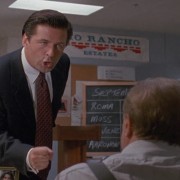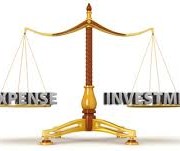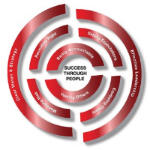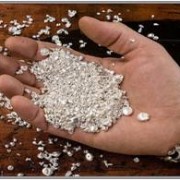Are You Prepared To Be Less Of A D*ckhead To Be A Better Leader?
As usual, the annual Conference on Culture and Leadership presented by Human Synergistics Australia earlier this week delivered the goodies, with some great speakers sharing their personal leadership and workplace culture experiences with an enthusiastic Sydney audience.
One of the many things on the day that resonated strongly with me arose out of a performance piece by the talented corporate dramatists from Coup, which successfully highlighted the challenges and opportunities typically presented by leadership and workplace culture change.
In the piece, one of the dramatists playing the role of “the Ghost of Business Future” (with all due respect to Charles Dickens), asked the struggling CEO if he wanted to become a better leader in order to save the business from its projected downward spiral. Of course he said yes, to which the Ghost of Business Future responded quite simply “Great…. so are you prepared to be less of a d*ckhead?”
The laughs from the audience suggest that I wasn’t the only one for whom this comment resonated. As much as we might typically use more accepted corporate language, structured models and frameworks to diagnose and improve leadership effectiveness, I couldn’t help but think that this phrase, as undiplomatic as it might be, provides some fundamental truths.
Forgive the simplistic and unconventional approach for a moment, but try this: Think of several significant leaders you have been exposed to throughout your career. Now rate them on a scale of 0 to 5, with 0 being “Not at all a d*ckhead” and 5 being “Complete d*ckhead”. Now I’m not a gambling man, but I’d be pretty comfortable betting that for most of us, the most effective leaders we have had or been exposed to, will rank toward the bottom of the scale, and the least effective leaders toward the top.
Let’s take it a step further and canvass some of the traits that might feature in our least effective leaders who score highly on our d*ckhead scale. For me, the following things come immediately to mind:
- Rude, arrogant
- Talks over others
- Screams and rants
- Undermines or underplays the achievements of others in order to claim credit or inflate their own importance
- ALWAYS points out mistakes (often publicly), yet RARELY IF EVER offers praise or acknowledgement for a job well done
- Doesn’t take the time to effectively communicate their expectations to others yet still expects tasks to be completed to those expectations
- Won’t take on board the suggestions of others – “It’s my way or the highway”
- Doesn’t support their team
- Doesn’t care or take the time to get to know, understand and account for the preferences, challenges and goals of others
- Is very directive and doesn’t provide space for people to learn and grow
- Can be inconsistent and moody
- Often behaves contrary to their own expectations of others – “Do as I say not as I do”
While this exercise might offer some amusing insight, our “D*ckhead scale” is of course an overly-simplistic way of diagnosing leadership effectiveness, nor does it offer clear guidance to improve. This is where structured and well-research models and frameworks, such as those developed by Human Synergistics, come into play.
For those with an understanding of the Human Synergistics circumplex, many of the traits identified above can be tied to the aggressive/defensive (red) styles and, to a lesser extent, the passive/defensive (green) styles. Conversely, the constructive (blue) styles of the circumplex provide us with some clear direction as to how we can become, and help others become, better, more effective leaders.
So how about your own experiences?
- How do the leaders you have had or otherwise been exposed to rank on the d*ckhead scale, and does it correlate with their relative effectiveness as leaders (which, after all, is what it’s all about)?
- Are there other traits that you think we should add to the list above?















